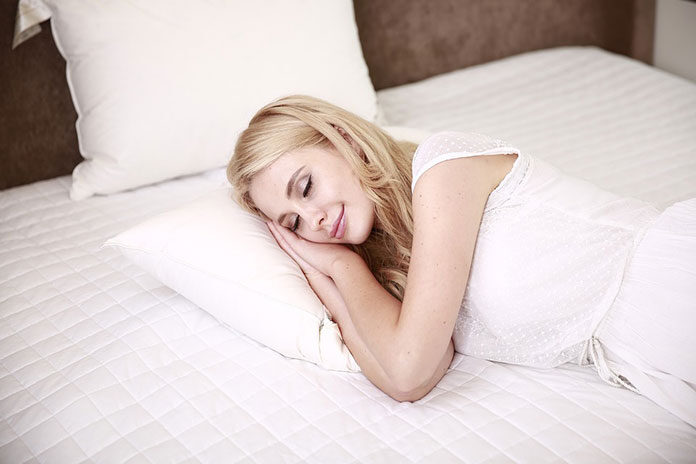Not much else can compare to a great night’s sleep. This is even more true for people that struggle to get enough sleep. If you have ever heard about the memory foam mattresses, you may be wondering if this type of mattress can improve your sleep quality. Some people are swearing by it, while others are a bit less enthusiast. Here is more information to help you decide if a memory foam mattress will help you to sleep better.
What Is Memory Foam?
Designed originally in the mid-60s for the NASA airplane seats, the material known as memory foam consists of a substance that is known as viscoelastic. It is soft and highly energy-absorbent.
Memory foam is also a substance that molds to your body in a response to pressure and heat, which helps to distribute your body weight more evenly. Once the pressure is removed, it returns to an original form or shape.
Tips On How To Choose A Memory Foam Mattress For Your Sleep Position
Memory foam mattresses have increased in popularity for a number of reasons. The more important reasons are how memory foam is able to contour in a precise manner to your body curves. This contouring ability is what makes it a comfortable option for relieving pressure, enhancing sleep and suitable for every sleep position type.
Another important reason why memory foam mattresses are so popular is that it reduces motion transfer, which is great for when you sleep with a partner. However, with these benefits, it is important to know that not every memory foam mattress is alike. For this reason, you need to find a mattress that matches up to your sleep position.
For Side Sleepers
Around 70% of people are side sleepers. Sleeping on your side places pressure on the neck, shoulders, and hips. A mattress that is too firm can restrict circulation or result in tingling or numbness, which is the reason why side sleepers should be sleeping on a mattress that allows for a bit of sinking in. This also provides a bit of cushioning for joints that are sensitive.
The right type of memory-foam mattress for a side sleeper should not be too soft or too firm. It should be somewhere between firm and soft which will keep the spine in natural alignment to stop you from waking up with pains or aches. Look for mattresses that come with an added reinforcement around the lumbar regions, as this will support the body in the heaviest place across the belly and the hips.
For Back Sleepers
Around 10% to 20% of people fall into the back sleeper category. This is considered the best position to sleep in as the body remains in a relaxed and natural posture.
When it comes to choosing a memory foam mattress that can improve your sleep when you sleep on your back, it is better to avoid anything too firm or too soft. If the mattress is too soft, it is not providing sufficient support and will make you sink too far into your bed.
On the other hand, a mattress that is overly firm, is also bad, especially for women. For any type of back sleeper, weight is an important consideration. If you are on the lower side which falls below 130 pounds, choose a softer mattress. If you are heavier than 130 pounds, then the firmer mattresses are a better option.
For Stomach Sleepers
This is sleep style that is least common with only about 7% of the population that sleeps in this position. Sleeping on your stomach is associated with the largest challenges when it comes to spinal health. Most people carry their weight across the area of the midsection, and sleeping on the stomach often makes it very difficult to remain comfortable as the weight causes the spine to move out of natural alignment.
When it comes to stomach sleepers, it is important to know that memory foam is designed to contour to the natural shape of the body. This is not the best choice for a stomach sleeper, especially for people who are heavier. With this in mind, if you still want to try out a memory foam mattress, choose a medium-to-firmer mattress that will help to support your body.










